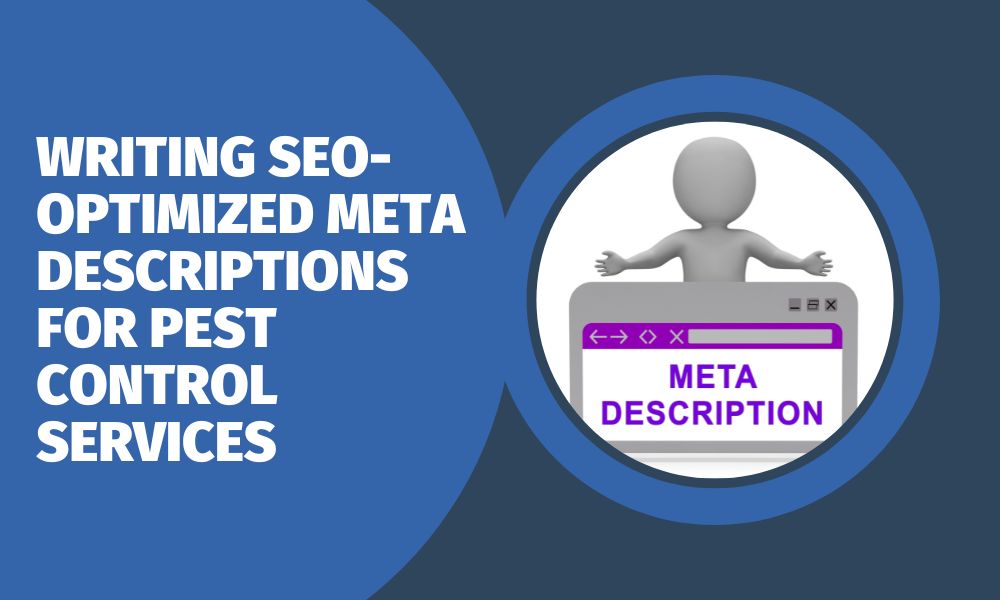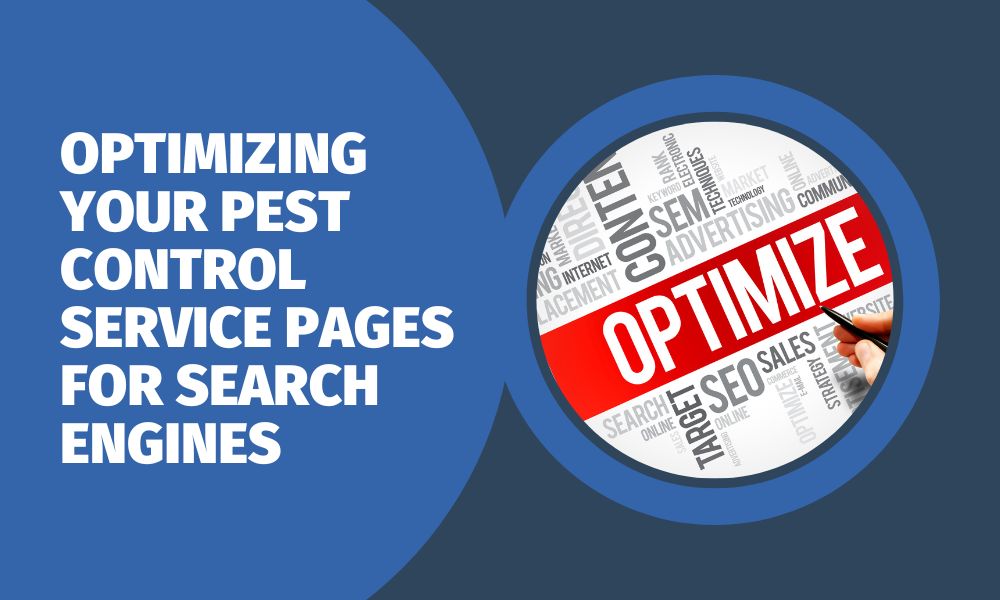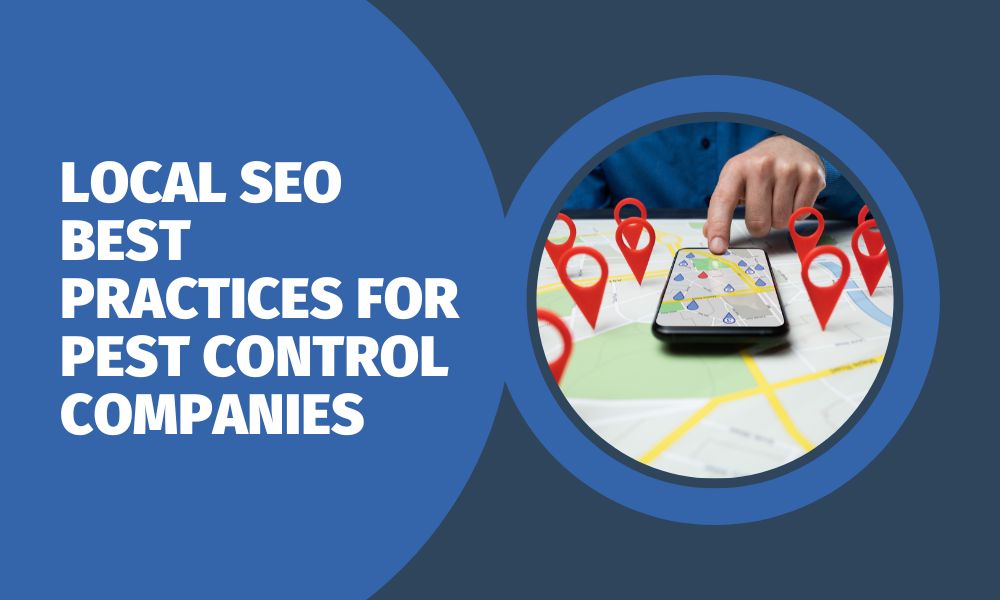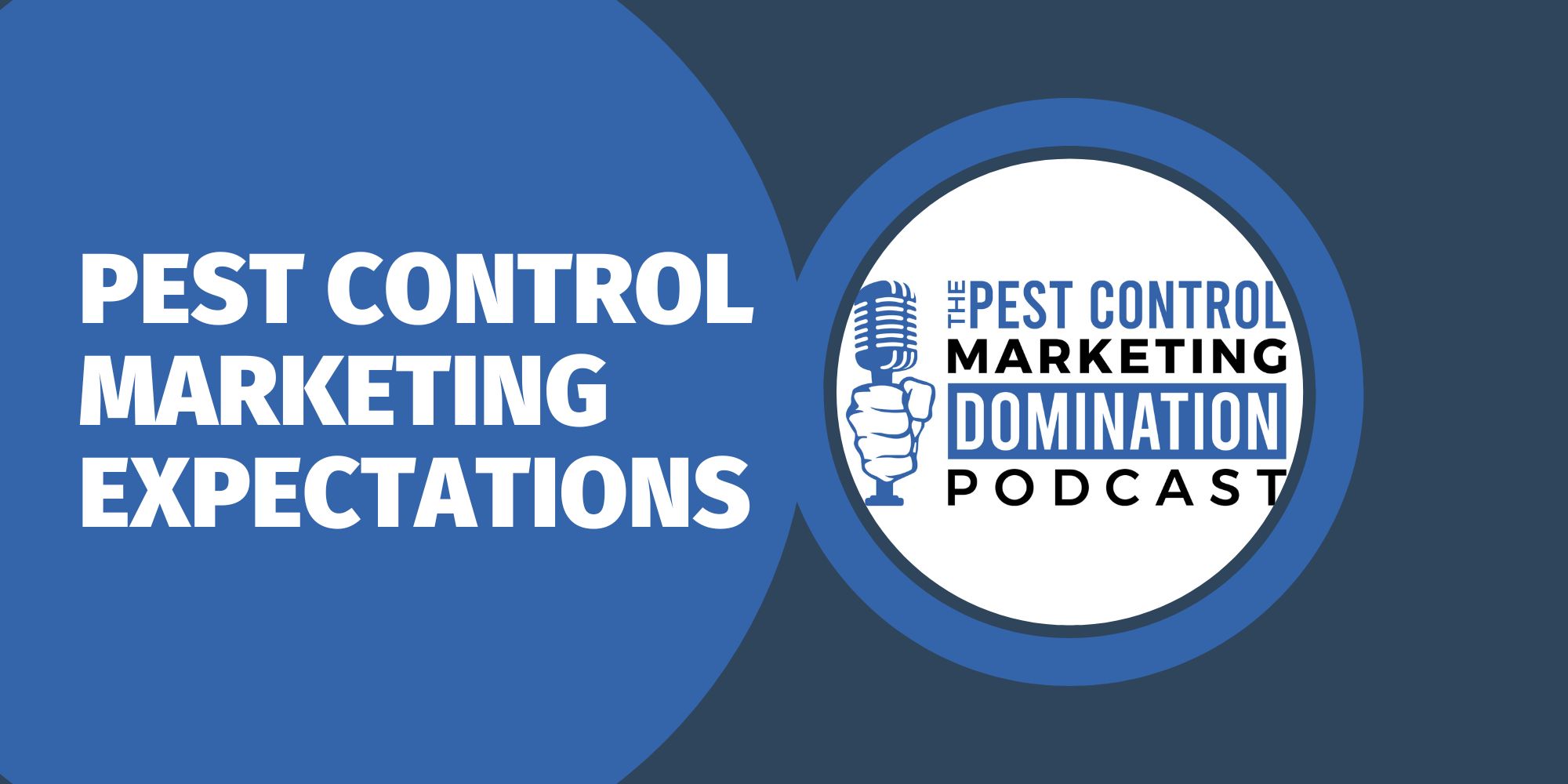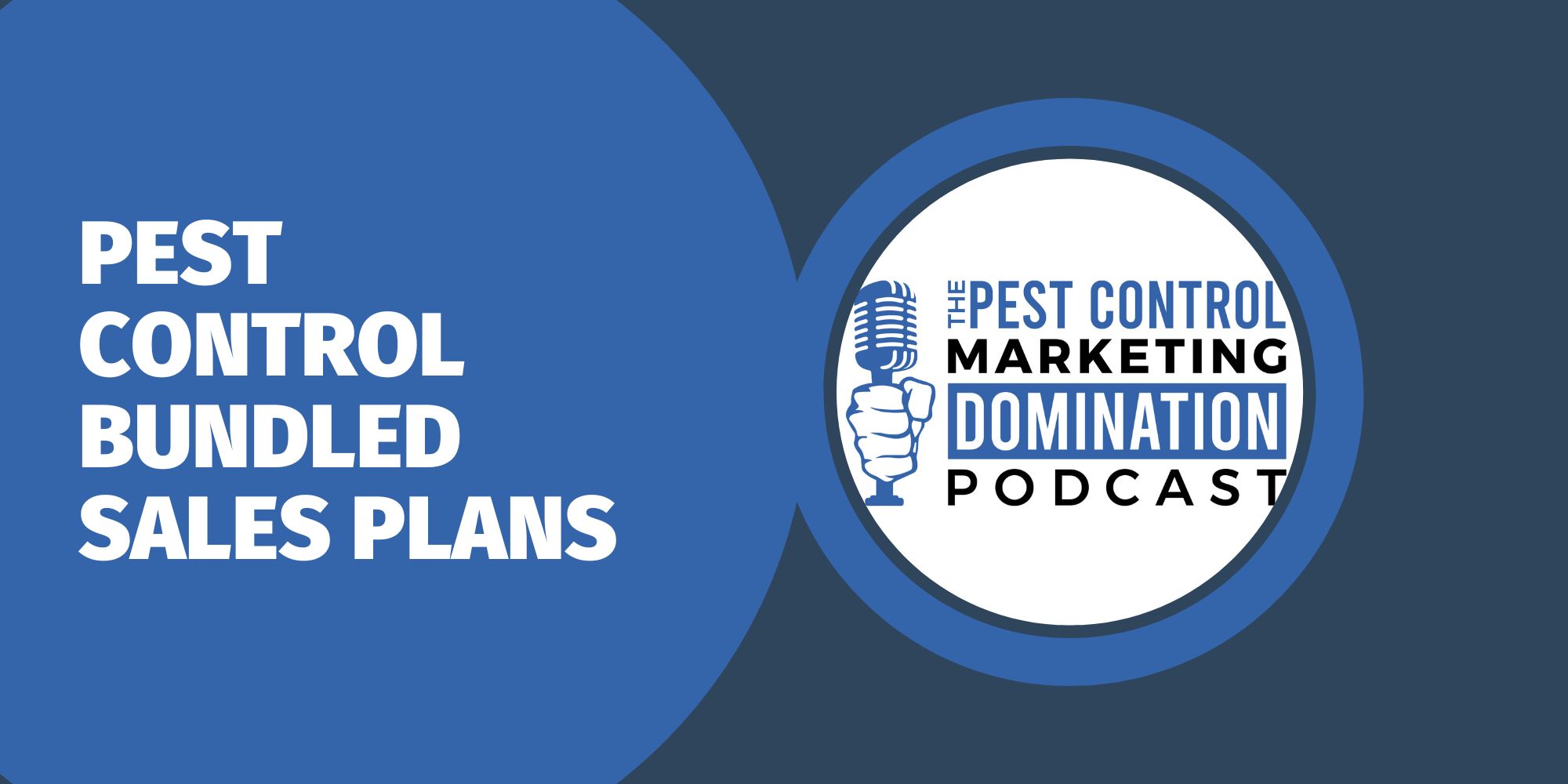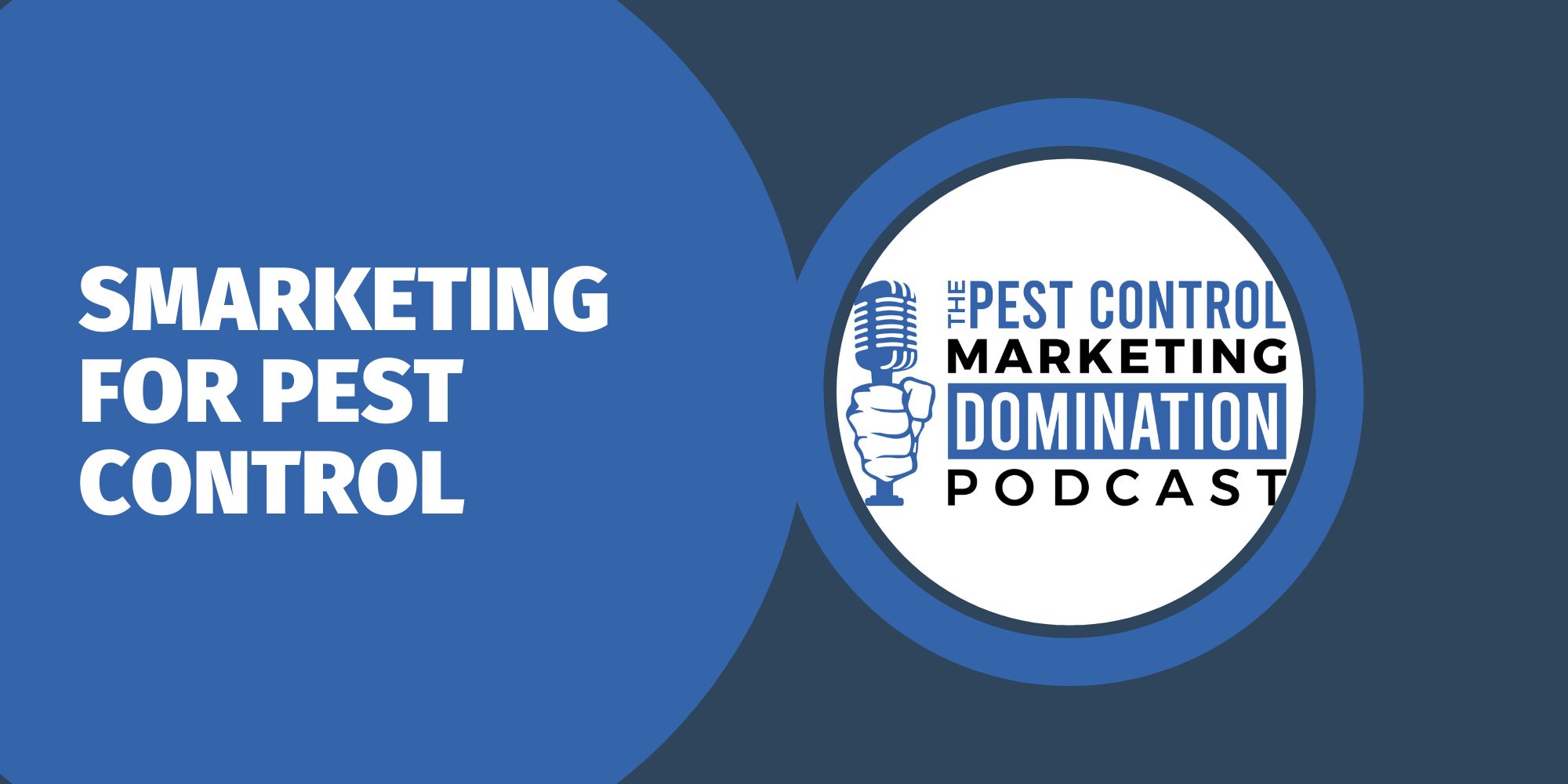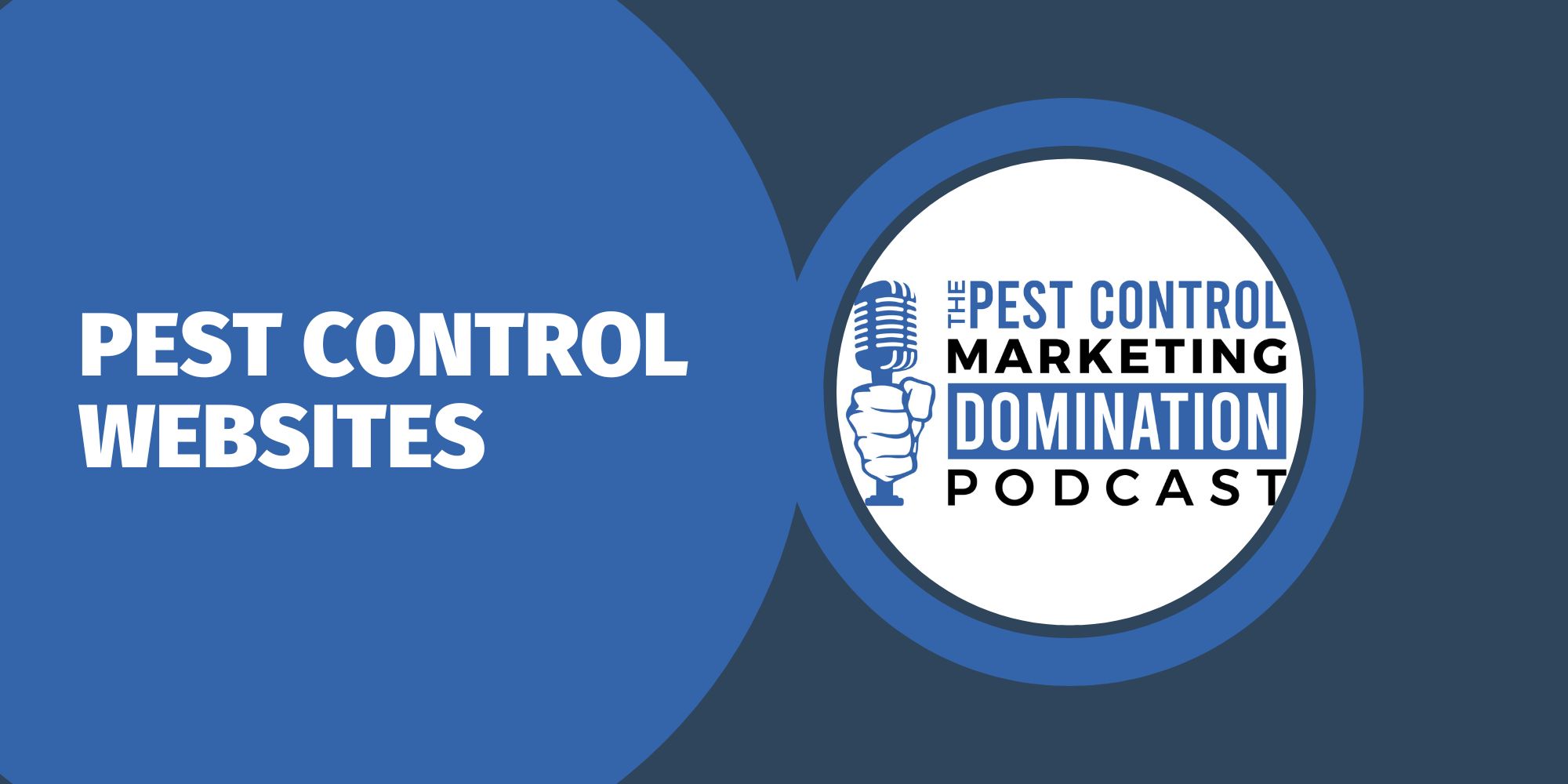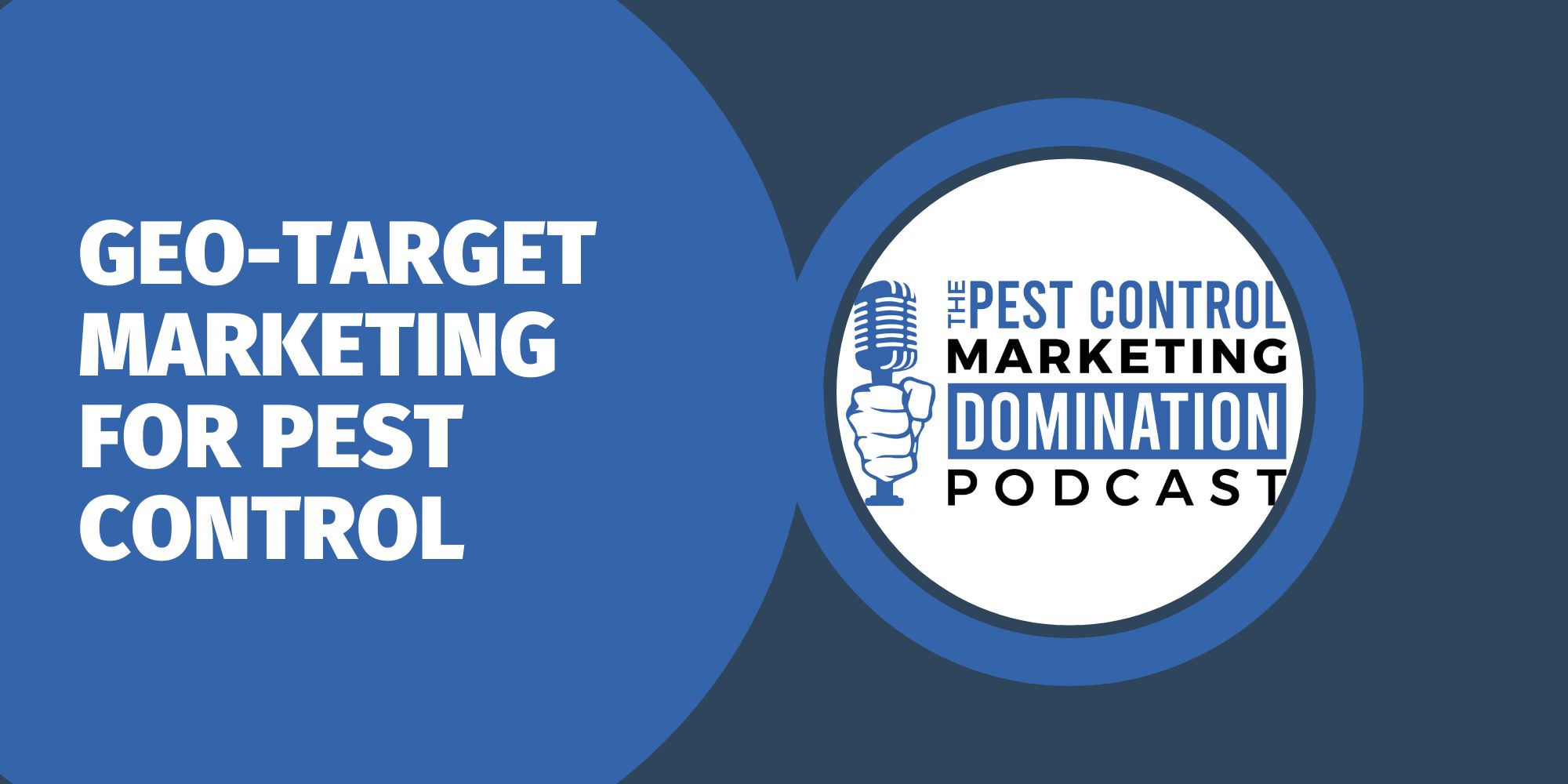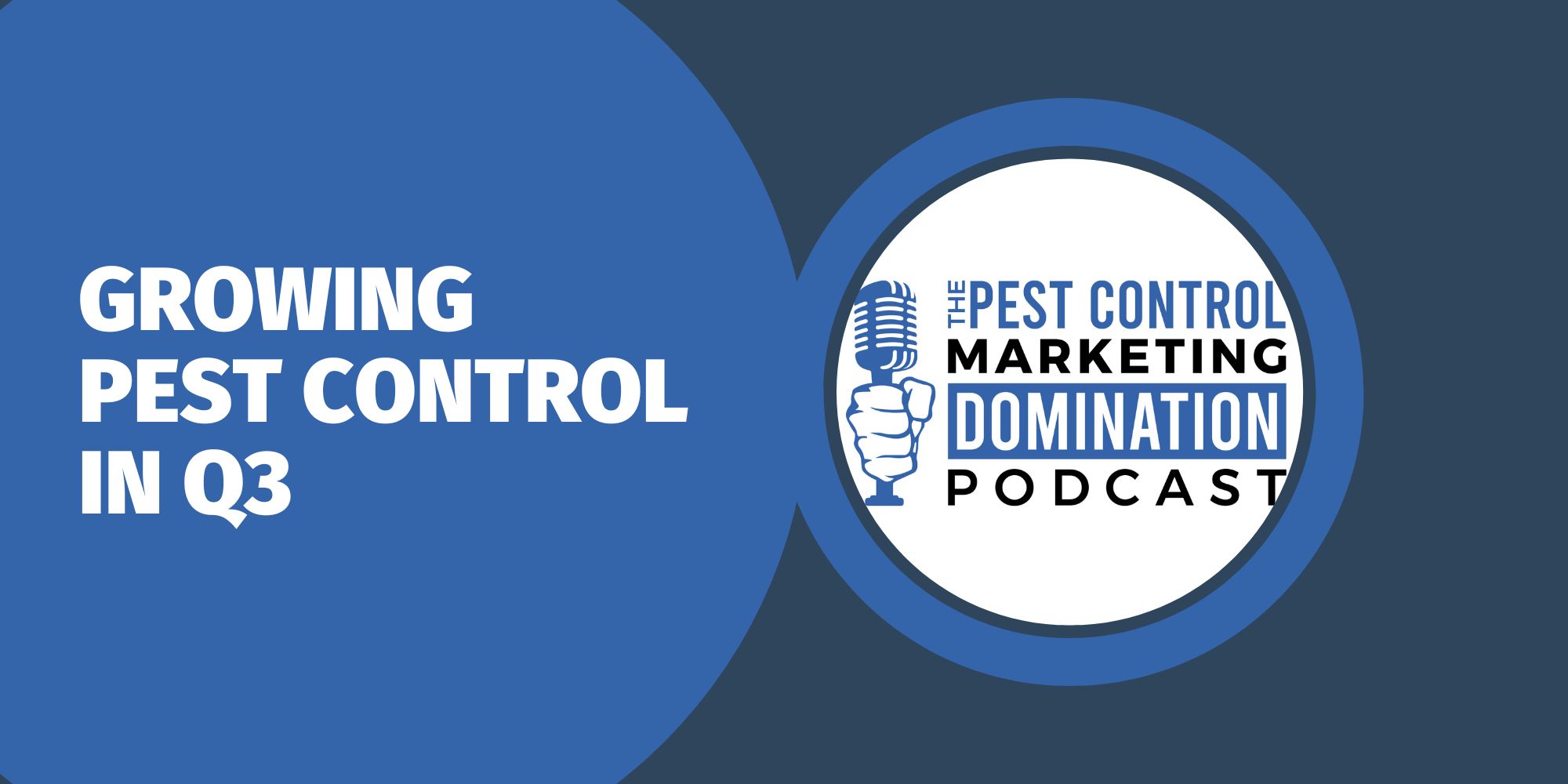Across the globe, millions of businesses are vying for customer attention. The competition gets even more intense for businesses like pest control that have a much smaller target audience. Having the right marketing strategies in place is key to staying top of mind and ahead of other pest control businesses in your market. One strategy that has proven to be successful across industries is email marketing. In fact, nearly 90 percent of all marketers believe that email is one of the most effective channels for generating new leads and sales.
Effective email marketing for your pest control business will rely heavily on having a good strategy in place and building a strong foundation with clear processes, easy-to-use tools, and automated systems that require little to no maintenance once set up.
Key Benefits of Email Marketing for Pest Control Businesses
There are pros and cons to every marketing strategy. Email marketing is relatively low risk, but packed with lots of great benefits. Each business will have different needs based on their target customers or the type of business that they operate. It’s important for pest control business owners to understand the many benefits that come with email marketing to decide whether this is the right approach for their business.
- Cost-Effectiveness – Some traditional marketing methods are very expensive and can strain a business’s budget. Email marketing, on the other hand, offers a cost-effective way to reach a wide audience without breaking the bank. With the right strategy, you can achieve impressive results while keeping costs under control.
- Increased Customer Engagement – Email marketing allows you to directly engage with your audience and distribute a wide range of topics and information that resonate with your customer’s needs. For a pest control business, this means delivering information about common pests, prevention tips, and exclusive deals directly to customers’ inboxes.
- Customization and Targeted Marketing – Not every customer needs the same message. That’s the biggest challenge with many traditional marketing tools. However, email marketing allows you to segment your audience based on factors like location, previous interactions, and preferences. This targeted approach ensures that your customized messages reach the right people at the right time, maximizing the impact of your campaigns.
- Building Trust and Strong Customer Relationships – Most people won’t purchase services or products from a company during their first interaction. It usually takes several interactions to build trust between your business and your customer. Regular communication through email helps establish familiarity with your brand and highlights your business as an industry leader. By consistently providing value and addressing customer concerns, you can foster strong relationships that lead to repeat business and positive referrals.
- Automation – One of the greatest selling points of email marketing is that it can be highly automated. There are numerous email marketing tools that can automatically collect email addresses, organize contacts, and even send a series of emails with little to no effort after the initial setup. This makes email marketing extremely scalable. The amount of effort to manage a massive distribution list with thousands of contacts is relatively the same as a small list of contacts.
Steps to Setting Up a Successful Email Marketing Campaign
Email marketing operates on the principle of delivering targeted messages to a receptive audience. It involves building an email list of interested subscribers, crafting compelling content, and sending timely and relevant campaigns. The cornerstone of successful email marketing is obtaining permission from recipients to send them emails. This permission-based marketing ensures that your messages are welcomed rather than treated as spam.
- Step 1: Choosing an Email Marketing Platform – There are a wide range of top email marketing platforms including Mailchimp, Constant Contact, and ActiveCampaign. These platforms are often free or low cost when starting out and offer user-friendly interfaces and robust features.
- Step 2: Building an Email List – Next, you’ll need to start building your list of emails. You may already have a list of email addresses from existing customers. This is a great start but the goal is to grow your list. It’s important to have a way to collect these email addresses automatically rather than collecting them manually. Most email marketing platforms offer the tools you need to automate the collection process. You may need to offer some form of incentive for people to provide their contact information such as offering exclusive content (like an ebook) or discounts (“sign up to get a free pest home inspection”)
- Step 3: Creating Compelling Content – The core component of your email marketing strategy is to craft engaging content and attention-grabbing subject lines that encourage recipients to open your emails. Your content should be informative, valuable, and relevant to your audience’s pest control concerns. Adding visual elements, like images and videos, can significantly enhance reader engagement.
- Step 4: Create a Design and Layout – To get the best results, it’s important to create a design and layout for your email messages that is consistent and aligns with your current brand. These designs should be simple and look great on both desktop and mobile devices. Try not to overthink the design. This could result in a cluttered looking email message. A clean and visually appealing layout will enhance the readability of your content and encourage recipients to take action.
- Step 5: Personalization and Segmentation – Segmenting your email list based on factors like location, service history, and preferences will help you to deliver the right message to the right customer. Homeowners and business owners may have very different pain points or needs when it comes to pest control. Personalizing emails will ultimately lead to higher open rates and engagement.
- Step 6: Testing and Optimization – Creating the perfect email marketing campaign comes with practice. It’s unlikely that you will get the very best results on your first attempt. You may need to experiment with different designs, subject lines, send times, and types of content to improve your open rates. A/B testing is a great way to experiment with different options. It’s critical to analyze the performance of your campaigns and pay attention to open, click-through, and conversion rates. This information can be valuable when you are trying to refine your campaign.
- Step 7: Compliance with Regulations – Depending on where you live, you may need to familiarize yourself with government regulations such as the General Data Protection Regulation (GDPR) or the CAN-SPAM Act. You may be required to include clear unsubscribe options in your emails and provide information about how you handle subscribers’ data to ensure compliance and build trust.
Getting the Most of Your Email Marketing Strategy
There are plenty of excellent best practices that you can deploy to maximize the effectiveness of your email marketing toolkit. By adhering to best practices and consistently delivering value, pest control business owners can leverage the power of email marketing to nurture leads, retain customers, and foster lasting relationships. If you are just getting started or need to completely revamp and re-energize your email marketing, contact the team at Rhino Pest Control Marketing. Our team of email marketing experts will guide you through the process of analyzing your business and target audience and crafting the perfect email marketing strategy to sell more pest control services to your existing and potential customers.










